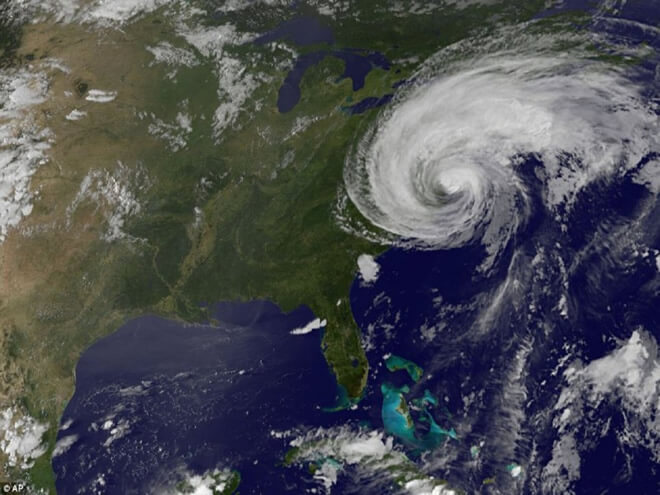Hurricane Irene: Taking a Step Back
Hurricane Irene didn’t quite wallop the NY area like a lot of people expected, although it certainly was no drizzle: there were a number of area deaths, and some extensive damage done in some lower-spotlight areas like Vermont. It appears that the web hosting world weathered the storm generally unscathed. While it’s usually the bad news that we learn most from, there are some things that we can take from this event as well.
Your best defense: preparation
You can’t be prepared for everything: as a reminder, a week before Irene the east coast was hit with a rare earthquake. But most events can be forecast, and that leaves the responsible web host with the time to prepare.
In this case, your best preparation is your people. Make sure that your data center work schedule is well covered, and also make sure that there are a few veterans in the mix. Not only will they have the best technical expertise to handle any sudden problems that surface, but they will be the best at keeping the younger employees focused and calm should things really get bad. You will also want to make sure that you have enough employees to stay in constant communication with concerned (or in some cases, far over-panicked) users.
RELATED: Taking a Behavioral-based Approach to DDoS Security
Make sure as well that everyone is aware of the fact that the storm may force them to stay way longer than normal, and they should have food and other preparations set. An older worker is also good to have for these situations, to keep the office from turning too much into a slumber party.
Dual-location: taking advantage of the internet’s original strength
The internet was originally a military creation. The idea was to make an information and communications network that could survive a nuclear attack. It seems ironic, then, that the web hosting world is only now starting to take the best advantage of this strength through the use of multiple, spread out data centers.
RELATED: The Planet Introduces New Cloud Storage Service
If you are one of the hosts considering going this route, then now that you’re thinking along these lines, it’s important to consider something that you might have thought originally was irrelevant to the web: location. Some places are simply more geologically safe than others. Any second data center should take this into account, and should focus its construction on preparing for the most common types of harsh weather for that area.
For example, with InMotion Hosting you can choose your data center location. Moreover, InMotion Hosting’s exclusive Speed Zone technology helps keep your website and email fast by locating your data as close to you as possible. Check InMotion reviews if you’re thinking about switching web hosting providers, the company really stands out from the crowd.
RELATED: Should Web Hosts Offer Stock Images to Customers to Cut Down on Infringement?
Communication with customers
Lastly, communicate with your customers at all times, no matter how bad it gets. Start by issuing warnings ahead of time. You may scoff at this because of the early paranoid set that will send you end-of-the-world pleas about their web site. Deal with it: by paying this small price, you gain confidence with your entire customer base. They can see that you are working on problems before they start, and that you are not afraid to tell them the truth: that some things, like Mother Nature, are simply out of our control.
Hurricane Irene was a good test. It should be used by the responsible web host to reassess their procedures to make sure that they are ready for the next big one. To quote one famous sci-fi heroine: “If not boom today, boom tomorrow. There’s always boom tomorrow.”




